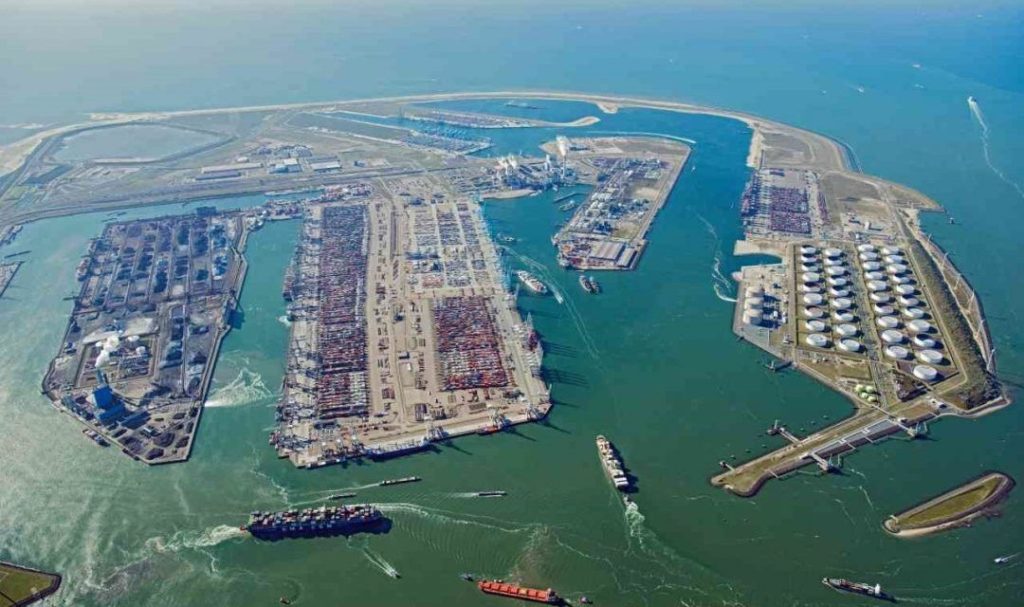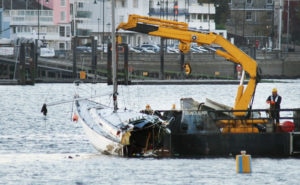Ocean temperature rise affects shipping industry
 Images Port of Rotterdam – credit Aeroview
Images Port of Rotterdam – credit Aeroview
Ocean temperatures are rising. According to the International Panel on Climate Change (IPCC), the oceans absorb the majority of the heat created by greenhouse gas emissions, causing their temperature to rise.
During the summer, the hottest on record in the Northern Hemisphere, unusually high temperatures were seen on coasts and seas around the world. According to Hellenic Shipping News, the relationship between warming oceans and the shipping industry is complex and interdependent. Shipping accounts for 3% of world emissions – the same as Germany – and, as such, is a large contributor to global temperature rise. This, in turn, will increasingly affect the infrastructure the shipping industry relies upon in the future.
Melting ice, rising waters
One of the most obvious impacts of rising ocean temperatures has been felt in the Arctic. The Arctic sea ice is declining at the fastest rate in a millennium, and its retreat opens up the possibility of shipping via the Northern Sea Route (NSR) along the Russian Arctic coast. Use of the NSR is only just beginning, and the need for icebreakers and specialised ships and crews means that the route is unlikely to become popular any time soon.
Warmer ocean temperatures and diminishing amounts of ice do have another serious consequence: rising sea levels.
In September, the IPCC released a special report on how the ocean and cryosphere – the frozen parts of the planet – are being affected by climate change. It found that melting ice in the Arctic and Antarctic and from glaciers has already significantly increased the amount of water in the oceans, leading to a likely a sea level rise of between 60 and 110cm by 2100.
Such a rise could jeopardise cities and ports at sea level.
The need for new port infrastructure
Some of the ports most likely to be affected are already trying to grapple with the problem. According to Hellenic Shipping News, river ports, such as Rotterdam in the Netherlands, are particularly at risk from rising sea levels. Rotterdam is the largest port in Europe and is crucial for the continent’s trade. It also sits outside the city’s flood defence system and is open to the North Sea.

Because of these factors, planning for climate change has long been a priority for the port authority. Many of the port’s facilities are already elevated, but studies are being conducted on the measures that must be taken to mitigate against climate change in the future, including strengthening flood and storm defences. The port is also encouraging ships to invest in renewable power, to reduce any additional negative effects on the environment. The whole city hopes to be climate proof by 2025.
In December last year, the United Nations Conference on Trade and Development (UNCTAD) warned ports that if they are not ready to cope with the projected impacts of climate change, they could harm the trade and sustainable development goals of all nations. “The impacts may be severe, and, given what is at stake, we have no time to lose,” said Regina Asariotis, UNCTAD’s head of policy and legislation at the time of the announcement.
Read the full article online.










